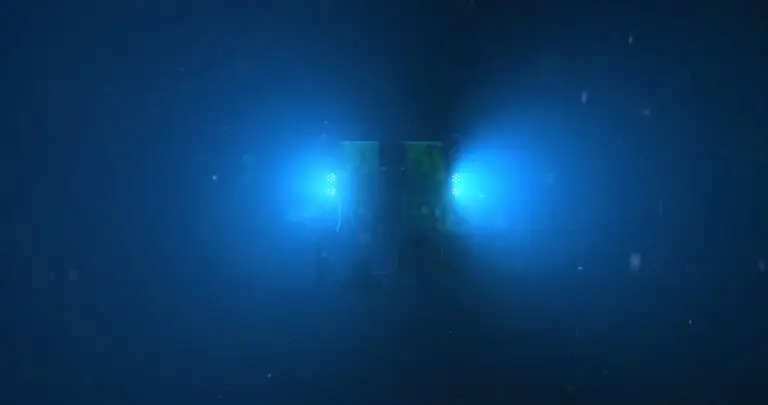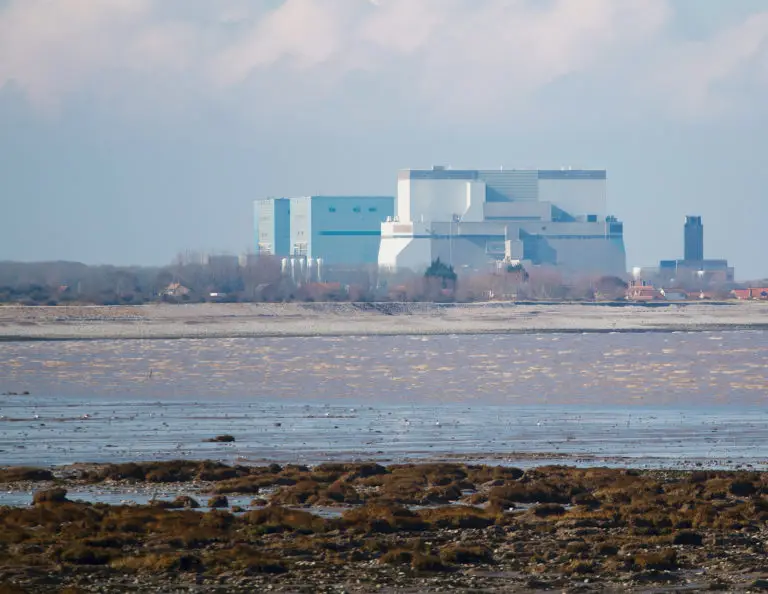Acoustic fish deterrents (AFDs) have become the most effective way to guide and deter fish from estuarine cooling water intakes and have recently been scrutinised by the UK Government in a public inquiry, and an advisory group for the Welsh Government.
Fish Guidance Systems (FGS) creates its complex proprietary sound signals with frequencies that maximise the range of species that the AFD can deter.
This not only helps sustain populations but also prevents disruption to facilities such as power stations that primarily use physical screens to filter out weeds and other debris. Even where fish recovery and return systems are provided to put fish back to sea, only the more robust species are likely to survive.
Fragile species, which only survive if they can be diverted from the water Intake Heads, make up the majority of fish drawn in by coastal power stations. In the case of Hinkley Point C, AFDs are an aspect of the Secretary of State’s Development Consent Order (DCO) and the Environment Agency stated there is a “high dependency on the proposed mitigation systems,” which include AFDs.
Meeting the Requirements of the DCO
FGS has installed more than 120 sound-based behavioural systems over the course of 30 years. The company is committed to developing new technology that helps conserve fish stocks and prevent damage to plants and other facilities.
The DCO requires an AFD to be used at Hinkley Point C in combination with a low-velocity side entry (LVSE) intake and a Fish Recovery and Return (FRR) system.
The LVSE is installed with openings perpendicular to the tidal flow to discourage fish from entering the pipes of the intake. Low design water velocities are intended to help even very small fish escape entrainment. The LVSE is an unproven technology and has never been installed on a plant of this type before, hence the need for an Acoustic Fish Deterrent.
The strong tides in the Severn Estuary transport an exceptionally high silt burden, giving zero visibility for fish under most conditions. Without the warning signal provided by the AFD, approaching fish may not be able to detect and avoid the intakes until it is too late.
“The use of an AFD in combination with a low velocity intake is intended to deflect the more fragile hearing-sensitive species that are unable to survive passage through the tunnels and water channels, or handling by the cooling water screens.” — Dr. Andrew Turnpenny, Fisheries Scientist and Co-founder of FGS
Our Latest Acoustic Fish Deterrent News

New ROVs can handle maintenance of Hinkley Point C and Sizewell C AFD according to manufacturers
When the tide is high, dangerous things can happen – and when you are building a new nuclear power plant in an estuary where the tidal forces are some of the highest in the world, mitigating risk is the highest priority. Luckily, advancements in technology can make the most dangerous

Dr David Lambert and Dr Andy Turnpenny Speak at Hinkley Point C AFD Appeal Inquiry
On June 8th Dr David Lambert, Managing Director of Fish Guidance Systems, and eminent fish biologist Dr Andy Turnpenny spoke alongside environmental experts to detail the reasons why an AFD system should be installed at Hinkley Point C. Their full statements are outlined below. Statement From Dr David Lambert, Managing
Twaite shad Set for Return to Severn Estuary but Nuclear Plant Creates Risk
The rare and protected twaite shad are being reintroduced to the Severn thanks to a conservation project by the Canal & River Trust. The project focuses on allowing the fish to return to their breeding grounds but issues remain in the estuary – where the fish spend the majority of
Effect on Fish Populations by Sizewell C and Hinkley Point C Nuclear Plants Being Brought to National Attention
April has been a huge month for the fight to ensure proper environmental protections are put in place at the UK’s next generation of nuclear power plants. Several national newspapers, including in The Guardian and The Independent, have highlighted the serious issues facing the cooling water intakes of nuclear plants